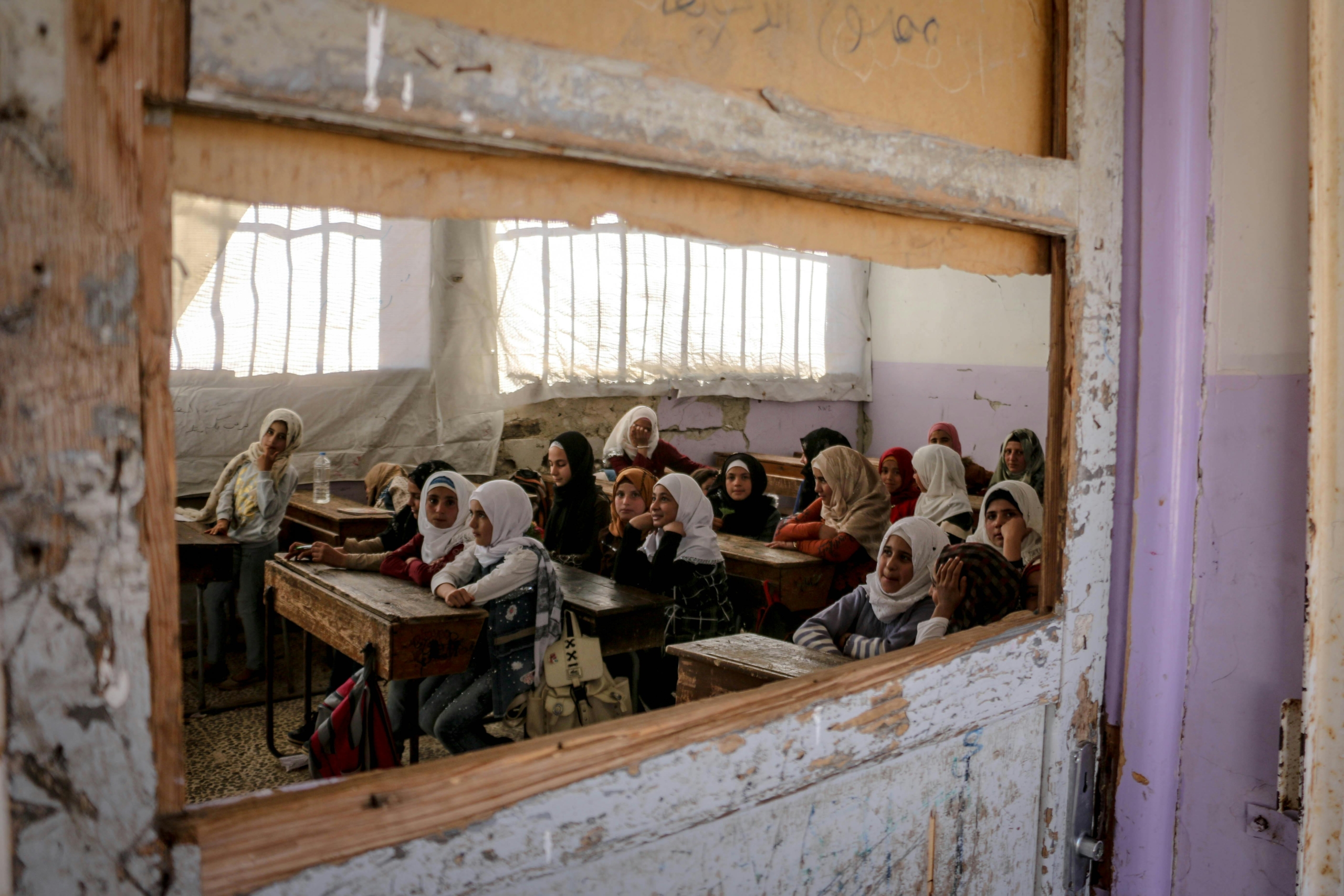An estimated 129 million girls are not in school around the world. That is more than the entire population of Japan or Mexico missing out on the opportunity to learn to read and write, to access better jobs and to escape poverty.
Those girls will also grow up without an understanding of our changing climate and how they can help their community to adapt to, address and mitigate the effects of climate change. They will be more vulnerable to climate-related shocks. According to the United Nations, 80% of people displaced by climate-related events are women and girls.
Countries that have invested in educating girls have experienced far fewer deaths from droughts and flooding than countries with lower levels of girls’ education. It is estimated that climate-related deaths in sub-Saharan Africa would drop by 60%, if 70% of women aged 20-39 years completed early secondary education. Education fosters an understanding of the risks and empowers people to decide how to respond for the benefit of themselves and their families, whether that is changing the crops they grow to more drought-tolerant varieties or taking shelter when water levels rise.
To date, multiple factors have prevented girls from going to school, including war, poverty and religious and cultural beliefs. Climate change is adding to the list of barriers. Research shows that girls across Asia, Africa, South America and the Caribbean are increasingly dropping out of education due to the impact of extreme weather events. Schools are destroyed. Flooding, fallen trees and collapsed bridges make the journey to school impossible. Failed harvests leave families destitute, often with no option but to send girls out to work or force them into early marriages.
By 2025, climate change will be a factor in preventing around 12.5 million girls from completing their education. But reversing this trend will have a massive impact. Project Drawdown lists equal access to education supported by voluntary access to family advice among the most powerful solutions to the climate crisis – third only behind reducing food waste and the transition to plant-based diets. By 2050, universal education could help to reduce greenhouse gas emissions by almost 70 gigatons – or close to twice as much as was emitted globally in 2022.
Education supports climate resilience and small gains matter. The Brookings Institute calculates that a country’s climate resilience score on the Notre Dame Global Adaptation Initiative index increases by over three points for every additional year of education that girls receive on average.
Jacinda Ardern attracted wide-spread praise for her leadership on climate issues during her time as Prime Minister of New Zealand. However, she is not alone in taking bold climate action. A review of the climate policies in over 90 countries found that countries with strong female representation in national and regional governments have implemented more stringent climate policies. This has resulted in more rapid progress to cut emissions. Education is not the only factor in increasing the proportion of women in government — economic, political orientation and cultural factors also play a role. However, education is critical to equip girls with the skills and knowledge they need to enter politics.
There have also been suggestions that a shift in mindset around gender equality stimulates a shift in views about the planet and environment. Links have been identified between exploitation of people, including women and girls, and exploitation of nature and natural resources. A path towards equality for women and girls helps to stamp out exploitative practices generally, according to the Malala Fund.
The Malala Fund has suggested four priorities that would provide young people, both girls and boys, with the skills and values that they need to build and thrive in climate-resilient economies:
- Ensuring all girls benefit from 12 years of school and learning;
- Giving girls an expanded vision of green skills beyond vocational education in sectors such as renewable energy and forestry;
- Promoting sustainable values through climate education; and
- Empowering students to take action on climate justice.
It will take a global effort on the part of governments, communities and individuals to get more girls into schools. But with girls’ education being one of the most powerful ways of tackling the climate emergency now and for generations to come, it is an investment worth making.
